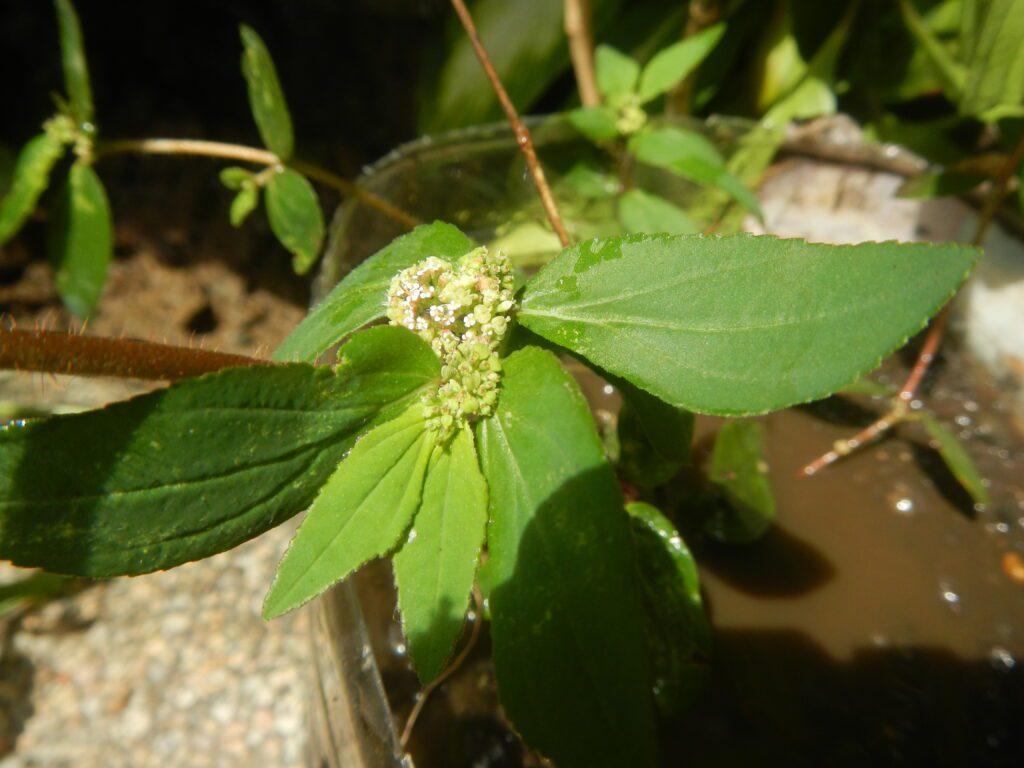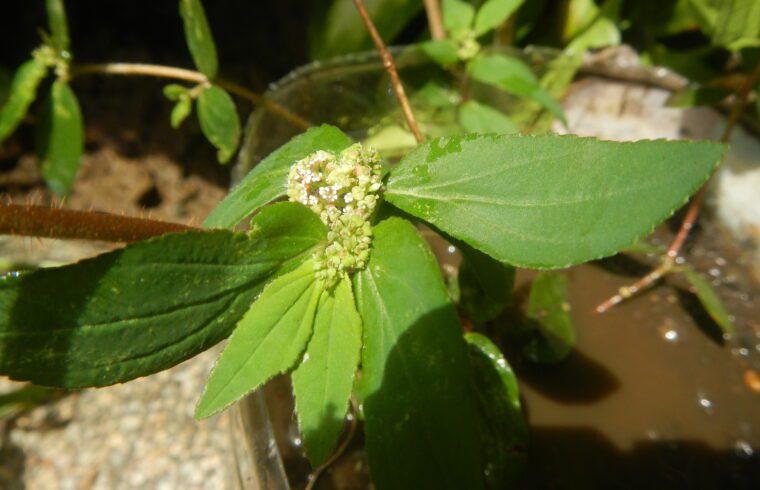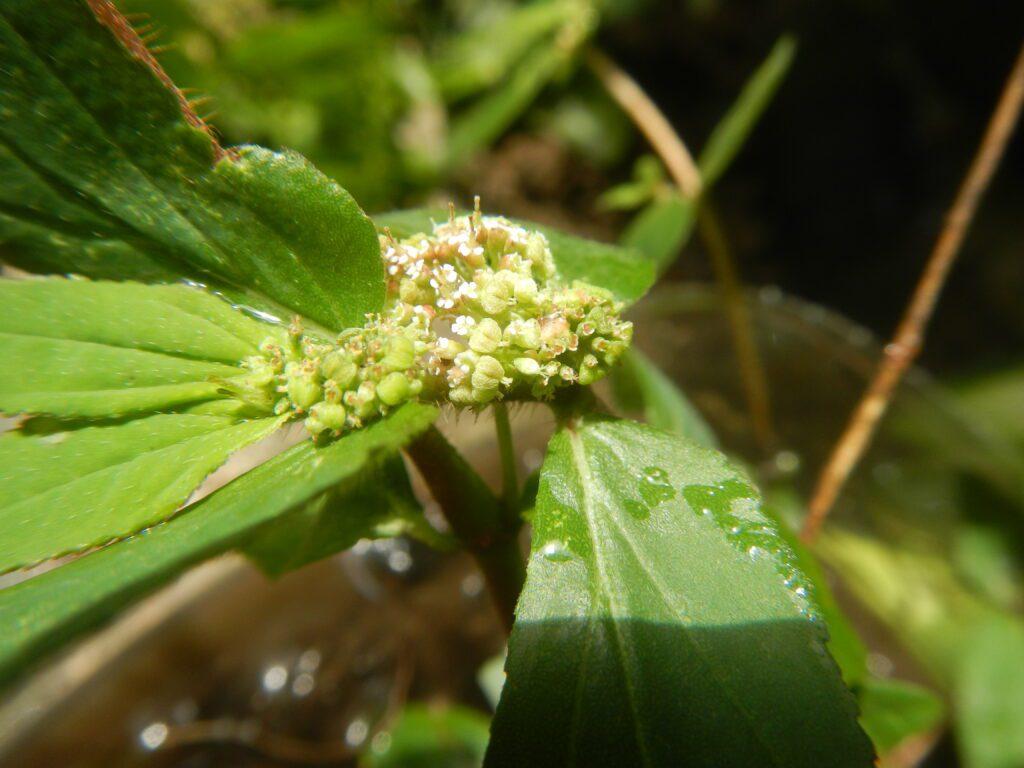In the world of herbal remedies and traditional medicine, few plants have garnered as much attention as Tawa-Tawa (Euphorbia hirta). With its reputation as a potent natural remedy for dengue fever and a wide array of other health issues, Tawa Tawa has taken center stage in discussions about holistic healing. In this article, we’ll explore the fascinating characteristics, historical usage, and potential health benefits of the Tawa Tawa herb.
The Tawa-Tawa plant, commonly known as “gatas-gatas” or “snake weed,” belongs to the Euphorbiaceae family and thrives in tropical regions across Asia, Africa, and the Americas. This fast-growing, resilient herb exhibits modest, lance-shaped leaves and produces small clusters of inconspicuous flowers. Despite its unimposing appearance, the Tawa Tawa plant possesses a rich history in traditional medicine.

Various cultures have harnessed the potential of Tawa-Tawa for centuries. Traditional healers in regions like Asia and Africa have employed this herb to address a spectrum of health issues. Historically, Tawa-Tawa has been recognized for its role in mitigating respiratory ailments, digestive disorders, and skin conditions. Additionally, in the Philippines, the plant’s association with dengue fever garnered significant attention due to its purported ability to support platelet production and recovery.

Potential Health Benefits of Tawa-Tawa
- Dengue Fever Support: Tawa-Tawa’s potential as a supplementary aid in dengue fever cases has attracted considerable interest. Some studies propose that compounds within the plant might contribute to platelet production, potentially aiding in the management of the disease. However, it’s vital to emphasize that Tawa-Tawa should complement, not replace, standard medical treatment for dengue fever.
- Respiratory Wellness: The herb’s traditional usage extends to respiratory health, with claims of easing coughs, colds, and asthma symptoms. Certain compounds found in Tawa Tawa, such as quercetin and flavonoids, are believed to possess anti-inflammatory and bronchodilatory properties.
- Digestive Harmony: Tawa-Tawa’s gentle diuretic and laxative attributes have led to its application in promoting digestive health and relieving constipation.
- Antioxidant Potential: The presence of antioxidants within Tawa-Tawa suggests its capacity to combat oxidative stress, contributing to overall well-being.

Modern Research Insights
Scientific investigations into Tawa-Tawa’s efficacy are still evolving, necessitating a balanced perspective. Rigorous studies are crucial to confirm the plant’s impact on various health conditions. Furthermore, consulting a healthcare professional before using Tawa-Tawa is imperative, especially when dealing with chronic illnesses or concurrent medication.
Preparation and Usage
Tawa-Tawa can be harnessed in diverse forms, such as teas, infusions, and tinctures. Crafting a basic Tawa-Tawa tea involves these steps:
- Ingredients:
- 1-2 teaspoons of dried Tawa-Tawa leaves
- 1 cup of hot water
- Instructions:
- Place the dried Tawa-Tawa leaves in a cup.
- Pour hot water over the leaves.
- Allow the mixture to steep for 5-10 minutes.
- Strain the liquid and savor the herbal tea.
The Tawa-Tawa plant, a silent powerhouse of herbal potential, invites us to explore the synergy between nature and wellness. While its effects are captivating, careful consideration and professional advice are essential before integrating Tawa-Tawa into health regimens. As we navigate the intricate world of natural healing, the Tawa-Tawa plant reminds us of the intricate connection between humans and the botanical treasures that encompass us.





















